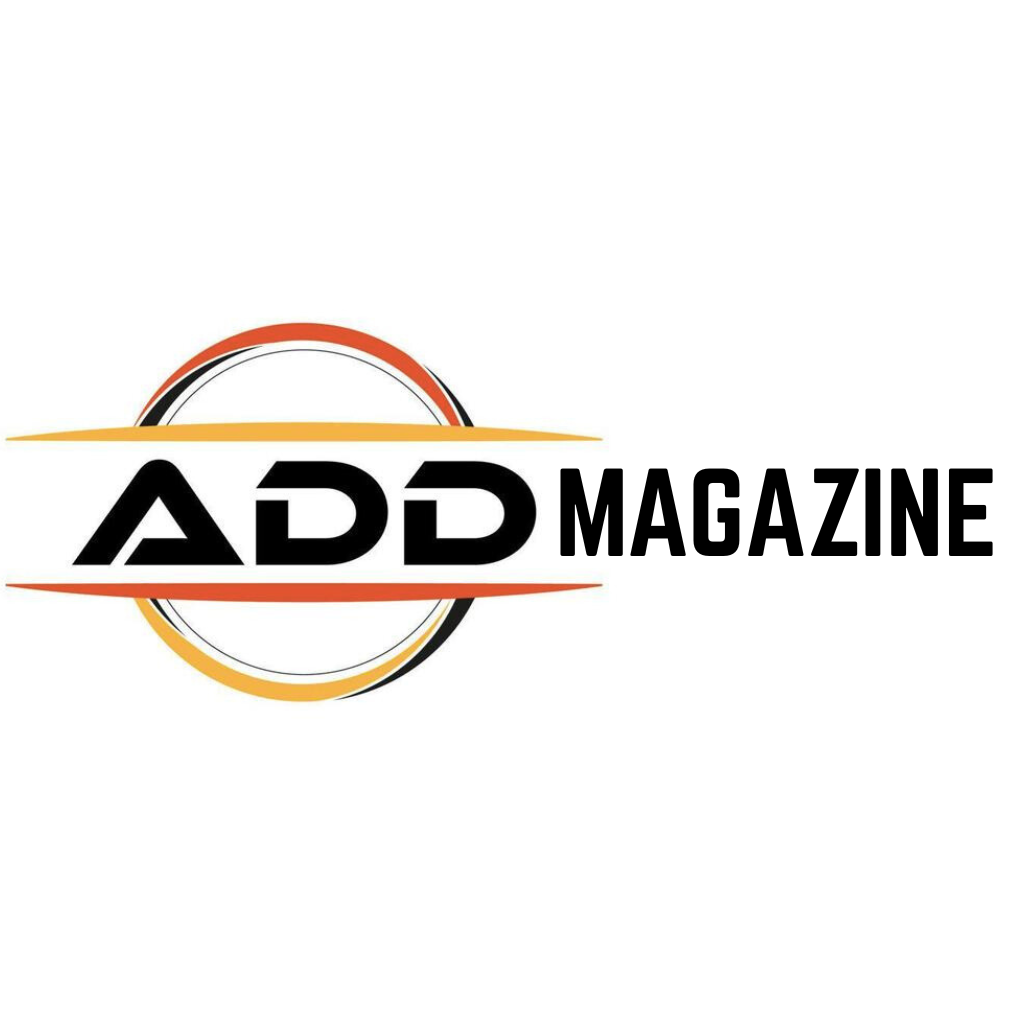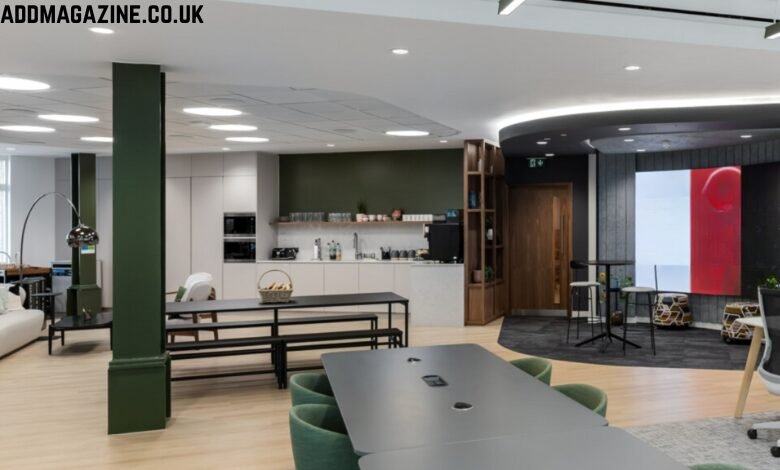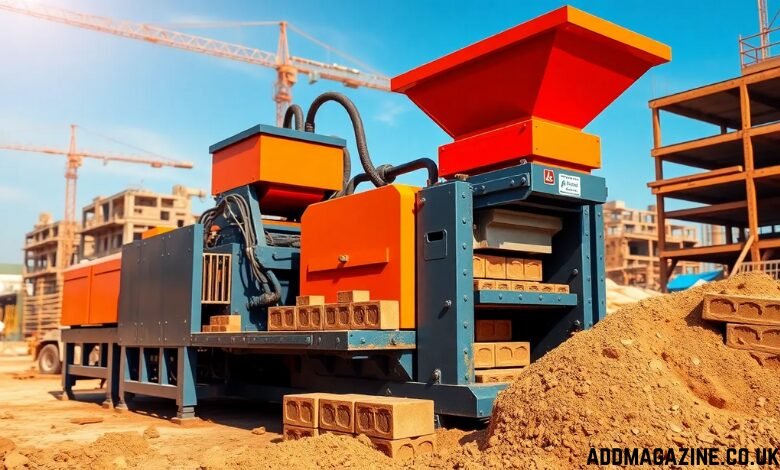Creating a workspace that is both efficient and comfortable can make a huge difference for productivity and overall morale. An excellent working environment enables the staff to work with concentration, move freely, and feel at ease during the working day. The tips described are easy to follow and may be used to optimize the workflow to make your workspace more pleasant whether you have a small team or a big business.
The following are six practical tips that can be used to start.
1. Plan Your Layout Carefully
A well considered layout is the first step towards a better work place. An effective layout eliminates unnecessary connections between things and ensures that one can find something that they need easily. Listening to the office design can make a tremendous difference in the way your team performs.
Some things to consider:
- Keep those things that we use regularly in reach.
- Arrange the workstations in such a way that members of a team are able to work together without blocking one another.
- Ensure that there is not too much crowding.
- Isolate noisy environments and silent environments to minimize distractions.
Planning your layout will create the background of the effective workspace that will conserve time and energy.
2. Improve Lighting
Lighting is an aspect that is easily ignored but it contributes significantly to comfort and productivity. Eye strain, headaches and fatigue can be caused by poor lighting. The best lighting is natural light, however, when that is not available the artificial lighting should be bright enough and evenly distributed.
Tips for better lighting:
- Have personal workstations using adjustable desklights.
- Install monitors at right angles with windows to lessen glare.
- LED lights can be used, which provides uniform brightness and efficiency.
Lighting also enhances comfort as well as ensuring your team is awake and centered.
3. Buy Easy-going Furniture
Sofa furniture may be a great point as well, when the employees are going to spend a lot of time on their seats. The ergonomic chairs and desks help to maintain a better posture and minimize the chances of back and neck pains.
Here’s what to keep in mind:
- Select adjustable height and lumbar chair selection.
- Computers and paper work should have adequate space at desks.
- Bring in sit stand desks as alternatives in the day.
- Use footrests or cushions as an additional comfort measure.
The investment in comfortable furniture will pay off in terms of increased productivity and the decrease in discomfort.
4. Arrange Storage and Supplies
Disorganization has the potential to slow down the work process and cause stress. Ensure that your working area has a sufficient amount of storage space. Organising helps save time since employees do not lose time in searching and they work more.
Storage tips:
- Store the items using shelves, cabinets, and drawers.
- Storage areas (labels) to make one easy to find.
- Request the employees to empty desks after the day.
- Periodically look at the supplies so as to prevent excess supplies or deficiency.
A well-organized environment enhances concentration and gives a peaceful atmosphere.
5. Promote Movements and Breaks
Prolonged sitting may lead to low productivity and discomfort. Train the employees to have frequent breaks and move about. A quick walk or stretching will do wonders to the mind and body.
Ideas to promote movement:
- Remind yourself of short breaks.
- Design a mini-lounge or break room.
- Use walking meetings as a practice.
- Give room to simple stretching exercises.
The circulation of the working environment keeps the employees on the alert and less fatigued hence the working process becomes easier.
6. Strategize on Expansion and elasticity
Lastly, it must have a flexible workspace that can accommodate changes. You should be able to support new needs in your workspace in case your business expands or shifts its priorities. Future change can be made less challenging and disruptive by planning the upgrades such as warehouse fit outs or reconfigurable areas.
Tips for flexible workspace:
- Elsewhere, movable furniture can be used in order to rearrange the layout very quickly.
- Make some room to add equipment or staff.
- Space Design multi-purpose areas.
- Periodically review workflow to develop bottlenecks or new requirements.
Flexibility means that you can be on the job and easily comfortable until your business grows.
Conclusion
To make your workflow and workspace more comfortable, it does not need to be a complicated issue. Through layout planning, lighting enhancement, furniture investment, break urging, and flexibility planning, you can create the environment that will make your employees feel at home and work effectively in it.
Even minor adjustments can account for a lot in terms of productivity and morale. These six tips will not only make your workspace work better but will make it seem like a place that people will love spending their time in.
FAQ
Q1: What is my frequency of reviewing my workspace layout?
It is better to revise your layout once a year or every time you have new team members or equipment. This is to maintain a smooth flow of work and prevent clutter.
Q2: What should be the optimum working space lighting?
It is best to use natural light, however, in case it is not available, bright LED lights should be used. Desk lamps can be adjusted in accordance to the wishes of employees.
Q3: What do I do to make small spaces comfortable?
Small furniture can be used, the space should be clean and separate areas should be provided where people can work together and when they need to work in silence.
Q4: What can I do to motivate the employees to move?
Schedule breaks, create stretch areas, promote walking meetings and make small communal areas welcoming.
Q5: What is the central advantage of flexible workspace design?
Flexibility gives your workspace the ability to handle any alterations in team size, workflow, or business growth without significant disruptions.




